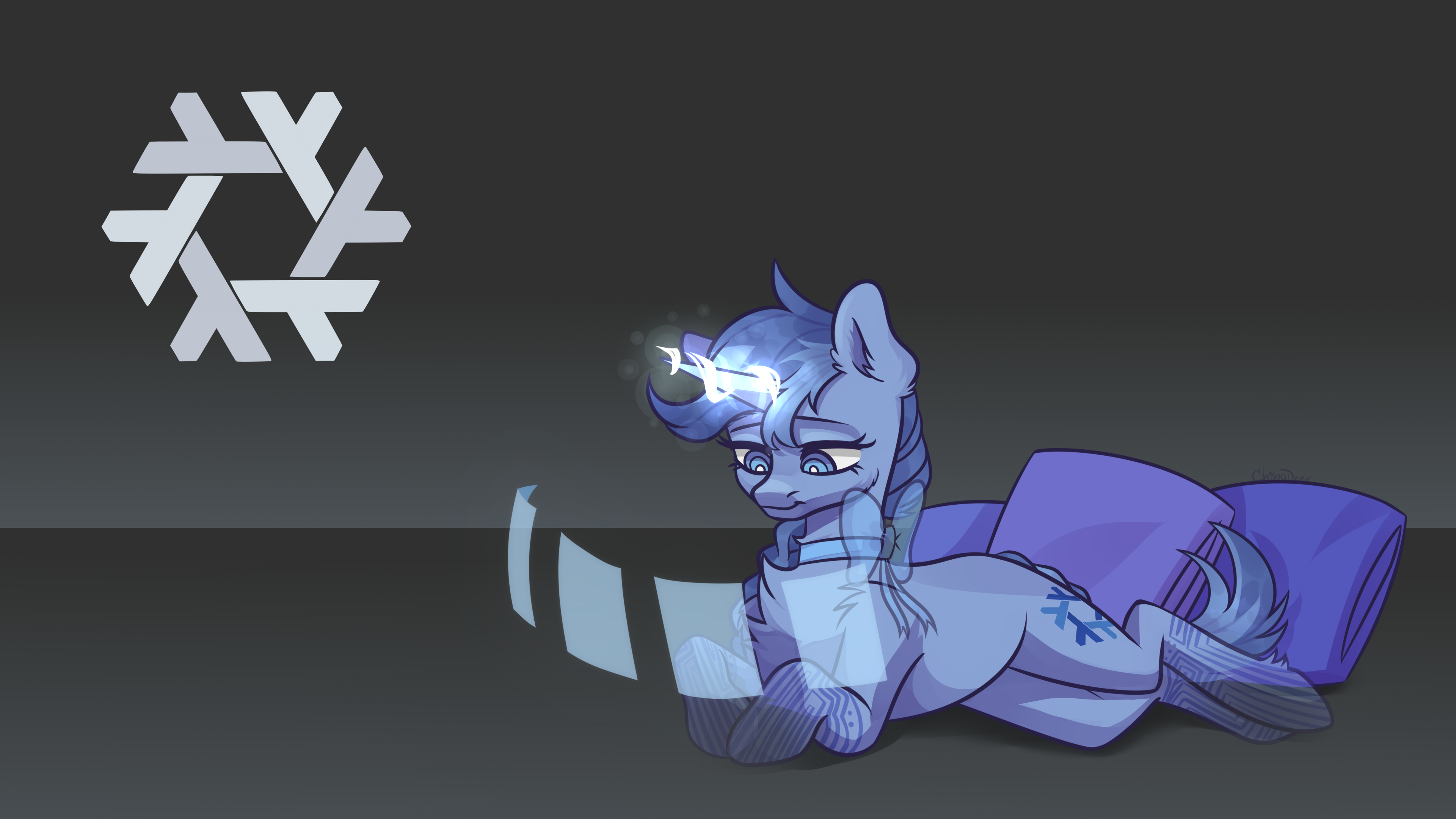Seeing this prompted me to do an experiment.
There was a time when Nixpkgs was smaller than the AUR. And, until recently, Nixpkgs was larger than the AUR but still smaller than the combination of the main Arch repos with the AUR.
As it turns out, the current total package count for Arch and the AUR is 85,819.
For nixpkgs unstable, that number is 88,768.
NixOS 23.05 Stable has 83,740.
And considering the mention of 9,147 new packages and 4,015 removed packages, that would mean that 23.11 would have a total of:
88,872 packages. This is more than the current figures for Nixpkgs unstable, but this is going off data from separate sources (NixOS devs and repology, with repology still being slightly outdated)
And, as such, I think it's fair to say the winner is (drumroll please)....
The USER for having such incredible distributions, giving him the vast breadth of choice for what distro matches their workflow best.

